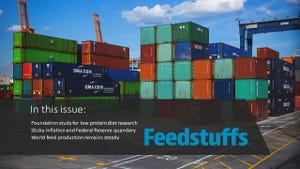thumbnail
Agribusiness News
Private cellular deployments for applications in agriculturePrivate cellular deployments for applications in agriculture
Security, reliability, implementation and more. We talk private cellular networks with GCX's Sean Horan.
Subscribe to Our Newsletters
Feedstuffs is the news source for animal agriculture
.png?width=700&auto=webp&quality=80&disable=upscale)






.png?width=300&auto=webp&quality=80&disable=upscale)

.png?width=300&auto=webp&quality=80&disable=upscale)




.png?width=300&auto=webp&quality=80&disable=upscale)



.png?width=300&auto=webp&quality=80&disable=upscale)


.png?width=300&auto=webp&quality=80&disable=upscale)


.png?width=300&auto=webp&quality=80&disable=upscale)










.png?width=300&auto=webp&quality=80&disable=upscale)

